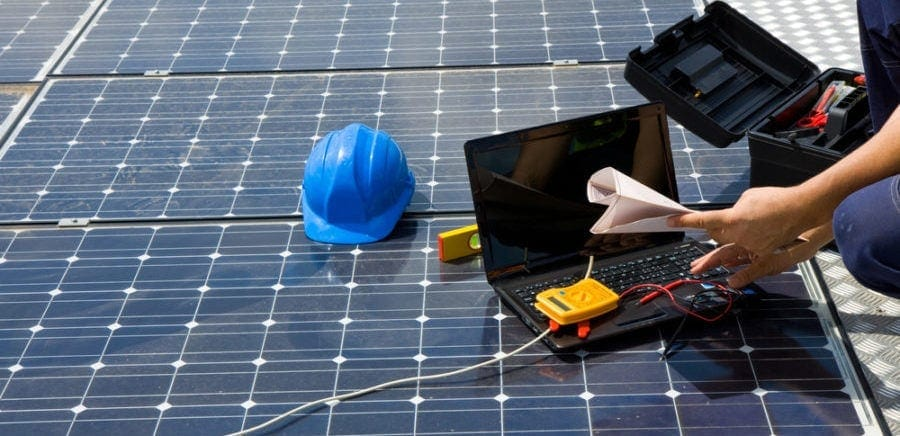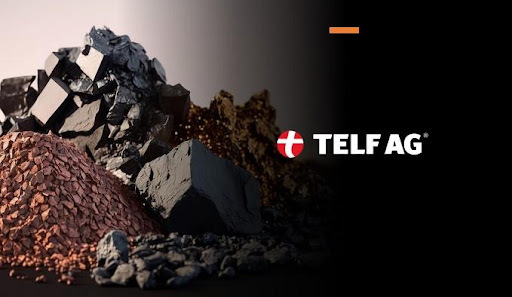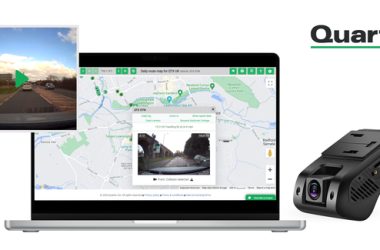Last Updated on: 31st July 2024, 04:45 pm
As the popularity of solar energy continues to grow, so too do the options for how to install and mount solar panel systems. One key factor in a successful solar installation is choosing the right type of ground mounting system.
In this guide, we will explore the different types of ground solar mounting systems available and their respective advantages and disadvantages.
Fixed Tilt Mounts
Fixed tilt mounts are the most common type of ground solar mounting system. As the name suggests, these mounts are fixed at a specific tilt angle and do not move or adjust throughout the day. Here are the pros and cons of fixed tilt mounts:
Simple Design
Fixed tilt mounts are simple to design and easy to install. They have a frame fixed to the ground with concrete bases. Panels are attached to the frame using clamps or brackets.
Cost-Effective
Compared to other types of ground solar mounting systems, fixed tilt mounts tend to be more cost-effective. This is because they require less material and labor to install, making them a popular choice for budget-conscious solar projects.
Limited Sun Exposure
A downside of fixed tilt mounts is they get less sun. Since the panels stay at one angle, they might not catch as much sunlight all day. This can lead to lower energy output compared to other mounts.
Tracking Mounts
Tracking mounts, on the other hand, are designed to move and adjust throughout the day to follow the sun’s path. Here are some benefits and drawbacks of tracking mounts:
Increased Energy Production
Tracking mounts can move to follow the sun, capturing more sunlight and making more energy than fixed mounts. This is helpful in places with less sunlight or during winter when the sun is lower.
Complex Design
The design and installation of tracking mounts are more complex compared to fixed tilt mounts. They require motors, sensors, and controllers to move the panels, making them more expensive and labor-intensive.
Higher Maintenance
Due to their more complex design and moving parts, tracking mounts may require more maintenance and repairs compared to fixed tilt mounts. This can result in additional costs and potential downtime for energy production.
Pole Mounts
Pole mounts are another type of ground solar mounting system that involves attaching panels to a single pole or group of poles. Here are some pros and cons of pole mounts:
Versatility
Pole mounts are highly versatile and can be installed on various types of terrain. They are also ideal for areas with limited space, as the panels can be placed higher off the ground.
Stability
Pole mounts offer great stability, as they are anchored deep into the ground. This makes them a suitable choice for harsh weather conditions or high-wind areas.
Potential Shade Issues
One potential drawback of pole mounts is the possibility of shade from nearby trees or structures. This can significantly decrease energy production and may require regular trimming of surrounding vegetation.
Adjustable Tilt Systems
As the name suggests, adjustable tilt systems allow for panels to be tilted and adjusted throughout the day. Here are some benefits and drawbacks of this type of ground solar mounting system:
Maximum Sun Exposure
Adjustable tilt systems offer maximum sun exposure by allowing panels to be adjusted to the optimal angle throughout the day. This can result in higher energy production compared to fixed tilt mounts.
Complex Design
Similar to tracking mounts, adjustable tilt systems have a more complex design and may require additional equipment and maintenance. This can add to the overall cost of the solar project.
Versatility
Adjustable tilt systems offer the versatility of being able to adjust panel angles for different seasons or weather conditions. This can be beneficial in areas with significant changes in sunlight throughout the year.
Single-Axis Tracking Systems
Single-axis tracking systems operate similarly to tracking mounts but use a single axis of movement instead of a dual-axis. Here are some pros and cons of this type of ground solar mounting system:
Increased Energy Production
Single-axis tracking systems can also increase energy production by following the sun’s path throughout the day. However, they may not be as efficient as dual-axis tracking mounts.
Lower Maintenance
Compared to dual-axis tracking mounts, single-axis systems have a simpler design and fewer moving parts. This can result in lower maintenance and repair costs.
Limited Tilt Adjustment
One potential drawback of single-axis tracking systems is the limited tilt adjustment range. This may not be suitable for areas with significant changes in sun angle or altitude throughout the year.
Dual-Axis Tracking SystemsConclusion
Dual-axis tracking systems offer the most flexibility and precision in capturing sunlight. Here are some benefits and drawbacks of this type of ground solar mounting system:
Maximum Energy Production
Dual-axis tracking systems offer the highest energy production potential by continuously adjusting panel angles to capture the maximum amount of sunlight.
High Cost
Due to their highly complex design and advanced technology, dual-axis tracking systems are the most expensive type of ground solar mounting system.
Limited Space Requirements
Since dual-axis tracking systems can adjust to follow the sun’s path, they require less space compared to fixed tilt or pole mount systems. This can be beneficial for projects with limited land availability.
Choosing the Right Mounting System
When it comes to ground solar mounting systems, there is no one-size-fits-all solution. The best system for your project will depend on various factors. This includes:
Location
The amount of sunlight and weather conditions in your location will play a significant role in determining the best mounting system. For example, installing solar in Colorado Springs, with its high altitude and snowstorms, may require a different system than in sunny Phoenix.
Budget
As discussed, different types of ground solar mounting systems come with varying costs. Consider your budget and the long-term maintenance and repair costs when choosing a system.
Energy Needs
The amount of energy you need to produce will also impact the type of mounting system that is most suitable. For larger energy needs, dual-axis tracking systems may be the best option, while smaller projects may benefit from cost-effective fixed tilt mounts.
Invest in a Ground Solar Mounting System
Knowing the different types of ground solar mounting systems is important for picking the right one for your project. The right system can help you use solar energy for your home or business and cut down on your carbon footprint. Choose a ground solar mounting system today and enjoy its benefits for years.






